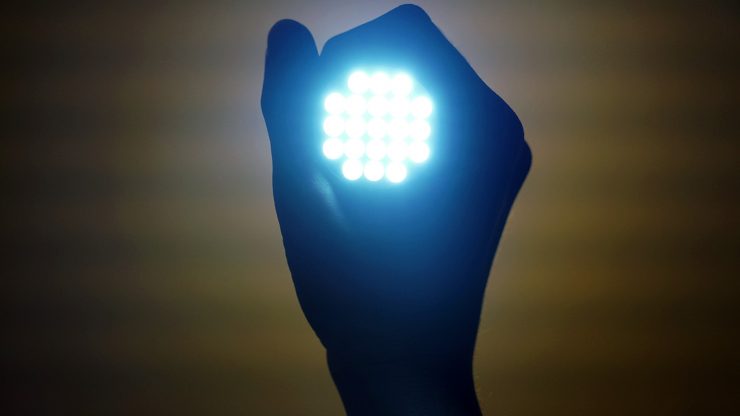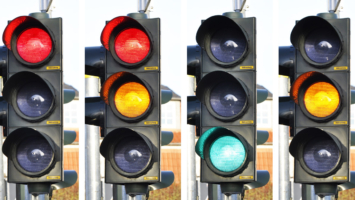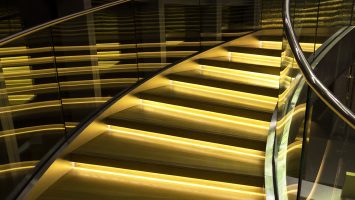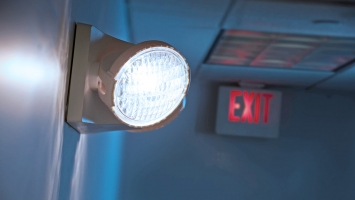
The light sources before LEDs were burst before serious light loses and became unusable. However the light output of LEDs declined continuously instead of burst. Generally, LEDs are completed their service life when the light flux is below 70%.
In 2008, Illuminating Engineering Society (IES) has accepted the need of an industrial standard in order to help to evaluate the LEDs. Then IES published LM-80 which offers a standard method to test the lumen depreciation.
You should have necessary hardware for LEDs LM-80 measurement. The LM-80 measurement made for minimum 6,000 hours at different temperatures. As a result of this measurement, create a chart of lumen value, working hours for each temperature that tested.
The results that obtained with LM-80 test is evaluated according to TM-21 which calculate the service life time from lumen decreasing and L70 life of LEDs is calculated. L70 life time shows the time that the starting light flux of the LED has decline 70%. The life time that mentioned here can be maximum 6 times of LM-80 test period. That means we can calculate the life expectancy of the LED for 60,000 hours as a result of 10,000 hours of testing.
Although the LEDs have 50,000-60,000 even 100,000 hours of service life, it is not that simple when these LEDs are integrated with lighting fixture.
LEDs alone can have long service life however the electronic driver part can usually have shorter service life. Therefore, lifetime calculations of LED lighting can become more complicated especially when other components are considered.
Another problem is that the life expectancy calculations of LEDs are done under certain temperatures. If the housing of the luminaire can’t provide sufficient cooling, LEDs exposed to high temperatures. LEDs complete L70 life time much sooner than expected. It may even become completely unusable.







COMMENTS
MAKE A COMMENT